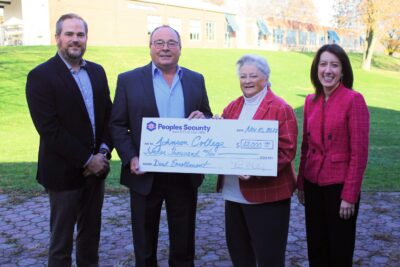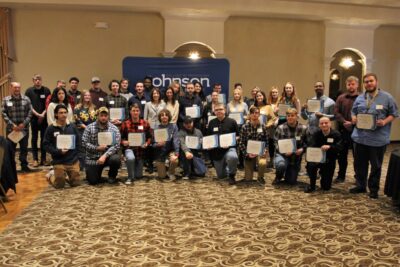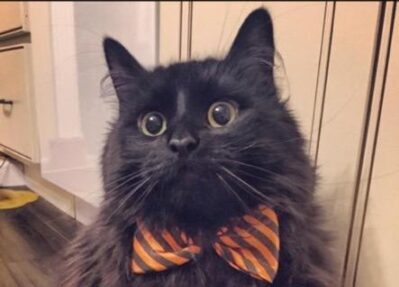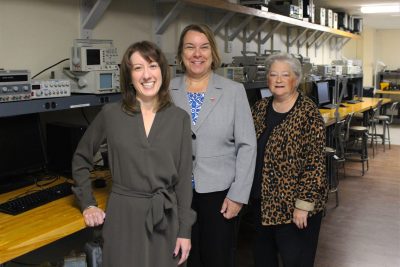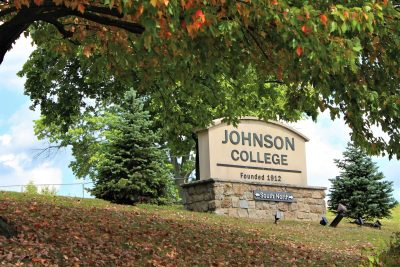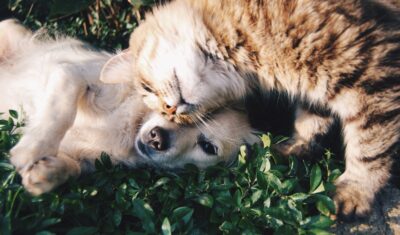Johnson College’s Carpentry Auction held on campus on April 12, 2023, raised $5,970 to benefit the Children’s Advocacy Center of Northeastern Pennsylvania.
More than 60 items were auctioned off, including cutting boards, tables, cabinets, a bookcase, and more. All items were created by students in the Carpentry & Cabinetmaking Technology program. Most of the items were made from re-purposed materials.
Photo Caption: Pictured left to right: Kneeling: Andrea Marques, Johnson College student, Ken Stucker, Johnson College student, Aiden Martelli, Johnson College student, and Roger Orlandini, Johnson College student. Standing: Cheryl Friedman, CRNP, SANE-P, SANE-A, Children’s Advocacy Center of NEPA, Darrielle J. Carter, AS Events & Public Relations Coordinator, Children’s Advocacy Center of NEPA, Abbey Bowen, Johnson College student, Caitlyn Phillips, Johnson College student, Todd Campbell ’82, Capentry and Cabinetmaking Technology Program Director, Johnson College, Marsha Pigga, MA, Executive Director, Children’s Advocacy Center of NEPA, Brendan Jarosh, Johnson College student, Michele Smith, BSW Project Safe & Smart Educator, Children’s Advocacy Center of NEPA, Tony Kreutz, Johnson College student, and Austin Norris, Johnson College student.




